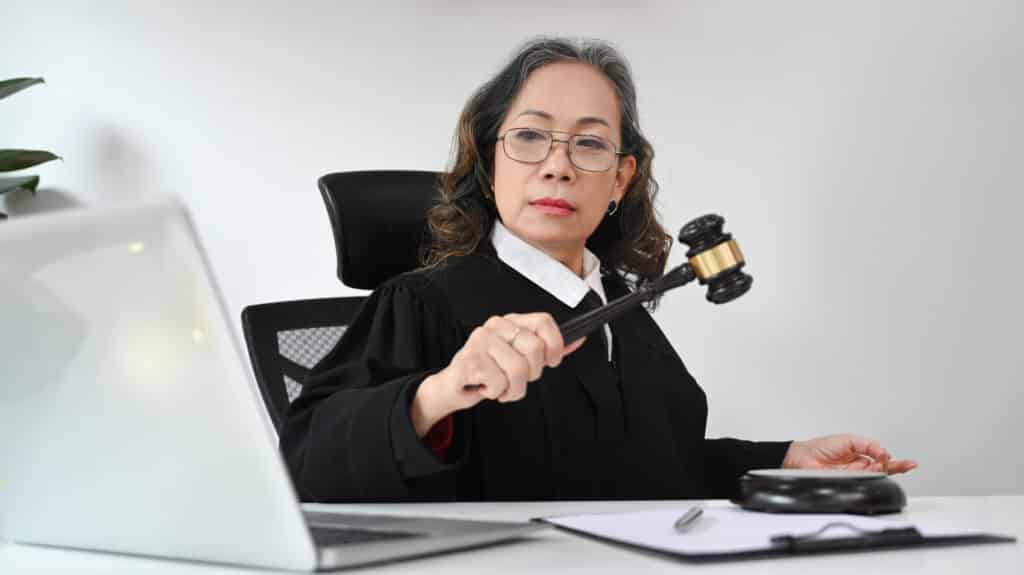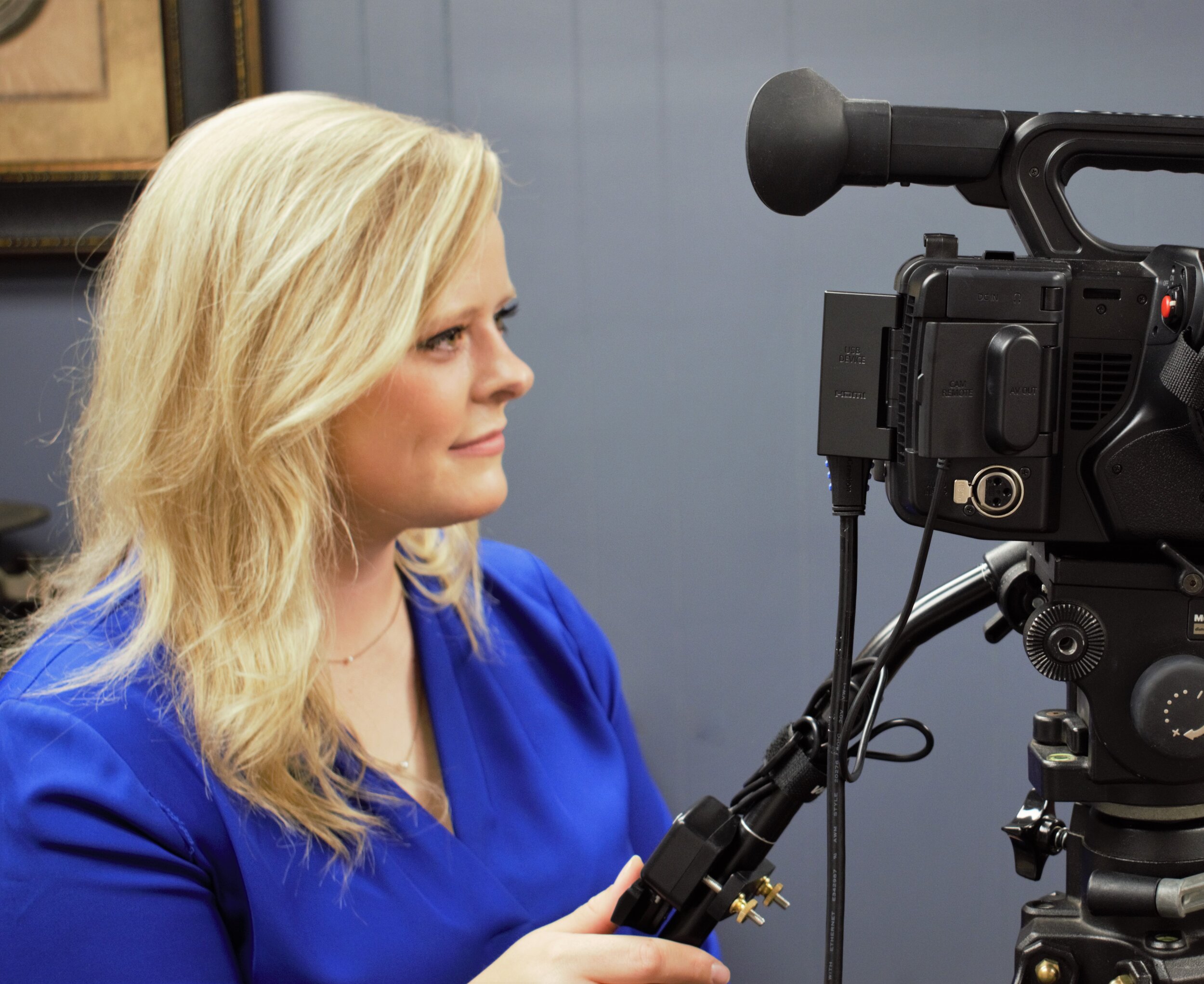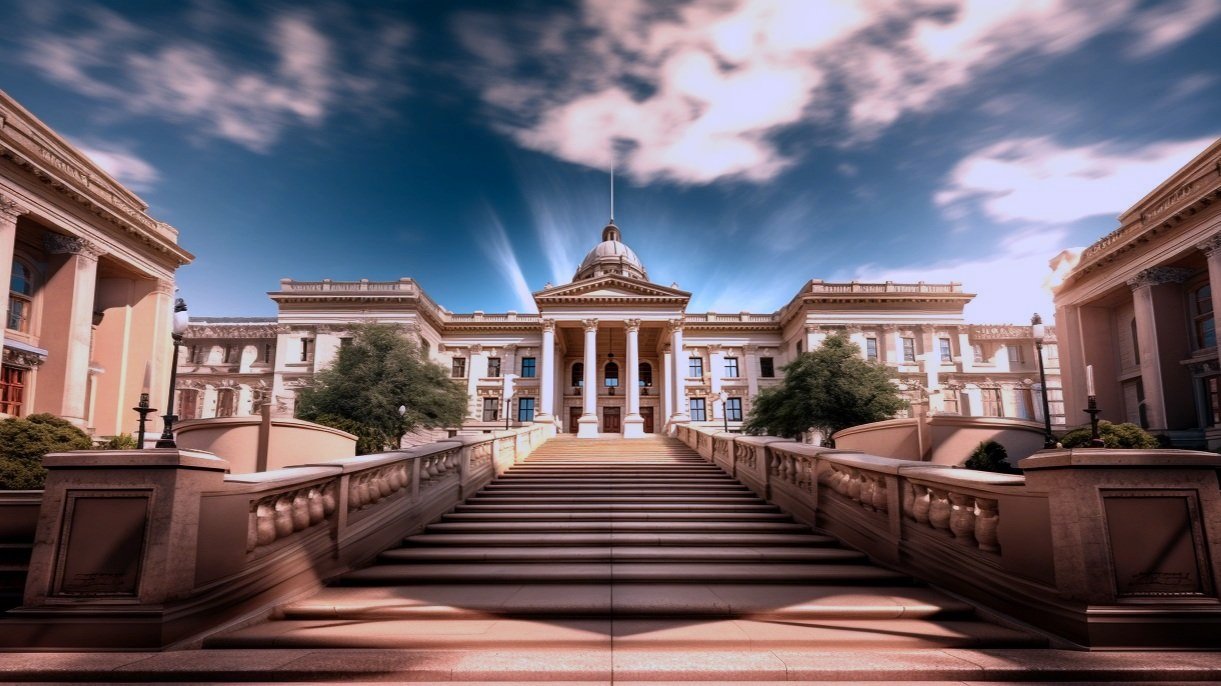The Ultimate Guide to Legal Videography for Attorneys and Legal Teams
The Ultimate Guide to Legal Videography for Attorneys and Legal Teams
Blog Article
Delving Into the Systems of Legal Videography: Introduction Its Operation in Safeguarding Authentic Aesthetic Testimony for Judicial Proceedings
In the realm of judicial process, the duty of lawful videography stands as a foundation in preserving and offering aesthetic proof. As technology continues to advance, the systems behind legal videography have actually become progressively detailed, supplying a critical layer of authenticity to statements recorded on video clip.
Historic Evolution of Legal Videography
Checking out the historic progression of lawful videography discloses a significant transformation in the catching and presentation of visual proof within the lawful landscape. In the past, lawful proceedings heavily relied upon created pictures and records to record events and provide evidence. Nevertheless, with the advent of video clip technology, the legal sector witnessed a paradigm shift in how visual testament was recorded and provided.
The advancement of lawful videography can be mapped back to the late 20th century when advancements in video recording equipment made it much more accessible for use in courtrooms. This technical development not only boosted the accuracy and integrity of visual evidence but also transformed the way instances were provided to courts and courts (Legal Videography). Attorneys began to recognize the influential power of video recordings in sharing feelings, nuances, and non-verbal cues that created records or photos alone could not capture effectively

Technology Improvements in Video Clip Paperwork
What essential technological developments have changed video clip paperwork in the legal field? The lawful area has actually seen substantial improvements in video clip paperwork innovation that have improved the credibility and dependability of visual proof in judicial process. One of the essential improvements is high-def (HD) video recording capacities, which give crystal-clear images and sharp details that are crucial for accurately recording testaments, face expressions, and other aesthetic signs. In addition, the assimilation of timestamping and metadata functions in video paperwork devices has actually enabled specific documentation of when and where the video was videotaped, making sure the integrity of the proof presented in court.
Moreover, improvements in video clip encryption and watermarking innovations have boosted the protection and tamper-proof nature of video evidence, guarding it against unapproved changes or tampering. Furthermore, the development of cloud storage space services and remote accessibility capabilities has structured the storage space, retrieval, and sharing of video evidence, facilitating seamless collaboration among legal experts and guaranteeing reliable accessibility to crucial visual statements when required. These technical innovations in video paperwork have actually unquestionably changed the lawful field, enhancing the accuracy, reliability, and admissibility of visual proof in judicial process.
Duty of Lawful Videographers in Court Setups
The evolution of video documents modern technology in the lawful area has actually required a vital function for lawful videographers in courtroom settings, making certain the stability and reliability of aesthetic testimonies presented throughout judicial procedures. Lawful videographers play an essential function in catching and maintaining precise visual proof that can be crucial in litigation. Their obligation includes establishing up equipment, taping procedures, and producing high-quality video clips that accurately reflect the occasions in the courtroom.
In addition, legal videographers usually function closely with legal teams to ensure that the video proof lines up with the instance's needs and can be effectively provided in court to sustain the lawful arguments being made. Overall, the function of lawful videographers in court setups is indispensable in supporting the concepts of justice and making certain the openness of lawful process. Legal Videography.

Ensuring Admissibility and Integrity of Video Proof
To maintain the credibility of visual evidence provided in lawful proceedings, guaranteeing the admissibility and honesty of video proof is an essential responsibility for lawful videographers. Admissibility refers to the acceptance of proof by the court, and for video evidence to be acceptable, it must satisfy specific standards. Lawful videographers play a vital duty in ensuring that the videos they catch abide by the guidelines of evidence, such as reliability, authenticity, and significance.
Stability of video evidence entails maintaining the creativity and precision of the video from the moment it is videotaped up until it is presented in court. This consists of This Site securely saving the video documents, documenting the chain of wardship, and protecting against any meddling or alterations. Lawful videographers have to follow rigorous procedures to assure the honesty of the video clip evidence and avoid any challenges to its credibility.
Future Trends in Legal Videography
Provided the raising dependence on modern technology in lawful procedures, lawful videographers are positioned to welcome cutting-edge improvements shaping the future of aesthetic statement capture and presentation. One of the prominent fads coming up is the integration of virtual reality (VIRTUAL REALITY) and enhanced fact (AR) innovations into legal videography. These modern technologies have the prospective to transform just how aesthetic evidence is offered in court rooms, permitting juries and courts to immerse themselves in the scene of the crime or occurrence.
Additionally, the use of artificial knowledge (AI) algorithms for video analysis is expected to enhance the process of examining and analyzing huge amounts of video clip footage. AI view can help in recognizing essential minutes, anomalies, and patterns within video clips, enhancing the performance of legal investigations.

Conclusion
To conclude, lawful videography has actually played a critical role in supplying genuine visual proof for judicial proceedings. With technological innovations and the experience of legal videographers, the honesty and admissibility of video his comment is here evidence are made sure in courtroom settings. As lawful videography remains to advance, it will certainly be important to copyright standards that preserve the accuracy and reliability of visual statement for the future of lawful process.
Taking a look at the historical progression of lawful videography discloses a substantial improvement in the recording and presentation of visual proof within the lawful landscape.The development of video paperwork modern technology in the lawful field has necessitated an important duty for lawful videographers in courtroom settings, ensuring the stability and reliability of visual statements provided throughout judicial proceedings. Furthermore, lawful videographers usually work closely with lawful groups to make certain that the video evidence aligns with the case's demands and can be successfully offered in court to sustain the lawful debates being made.To preserve the credibility of visual evidence presented in legal process, making sure the admissibility and integrity of video evidence is a critical responsibility for legal videographers. As lawful videography continues to develop, it will be vital to maintain standards that keep the accuracy and reliability of aesthetic testament for the future of lawful process.
Report this page